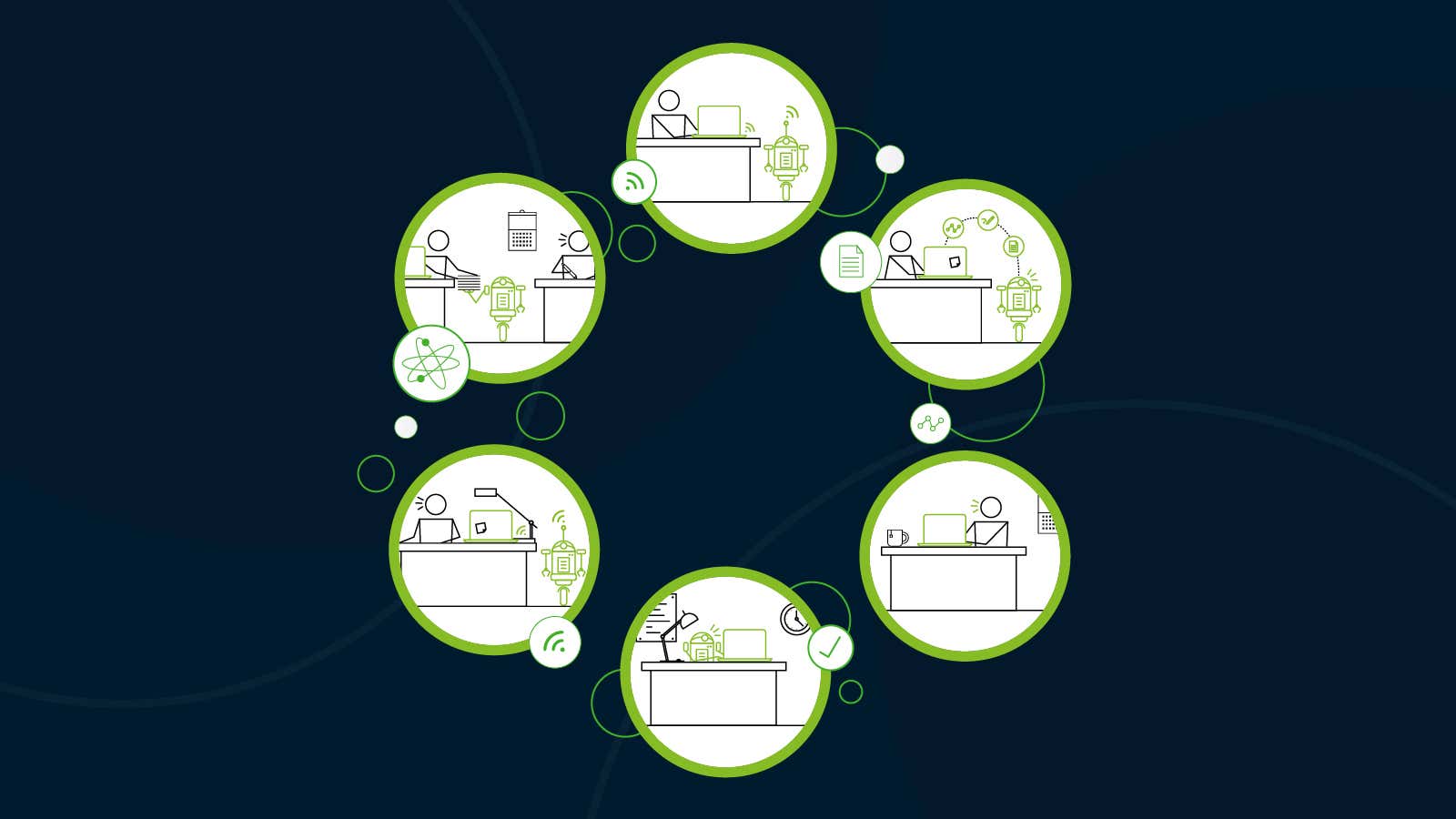The 4th Industrial Revolution is upon us, and with it comes highly innovative and powerful technologies, many of which have the potential to change the way we work. And organizations are starting to take notice. Advances in new technologies, from Robotic Process Automation (RPA) and chatbots, to more sophisticated technologies like Artificial Intelligence (AI) and machine learning, are opening up new opportunities for organizations – in many cases, simply by streamlining processes and tasks previously performed manually by humans.
Companies have put considerable investment into these cognitive technologies, demonstrating just how fast moving and significant they’re becoming. What’s more, people are utilizing them. Of the 250 “cognitively aware” organizations, or early adopters, surveyed in the 2017 Deloitte State of Cognitive Survey, 59 percent are exploring mature cognitive technologies such as RPA.
For the workforce of the future, could the new superpower be bots?
For HR, process automation is a good first step
This robotic technology automates manual, rule-based, and repetitive activities, and it can be relatively easily implemented. With RPA, the bots – or software – can gather information, analyze and record data, communicate with users, and even anticipate outcomes – interacting with applications just as humans would.
RPA gives HR organizations the capacity to do more with less. And it can help HR move toward an augmented workforce and build capabilities required to manage other “smart” technologies.
While adoption of RPA is growing, HR appears to be lagging behind other areas of the business. Deloitte research found that 22 percent of the highest-performing HR organizations are currently implementing or have already implemented RPA, compared with just 6 percent of the lowest-performing organizations. It’s time for HR to step up.
Can RPA save the day?
When you think about the various services and tasks performed by HR today, a lot comes to mind. Deliverables and workflows like benefits enrollment, recruiting, onboarding, training, and payroll processes all require massive amounts of manual effort.
By implementing RPA technology, the HR function can reduce some of, if not most, of the repetitive tasks that often consume time, which can lead to meaningful savings. In fact, Deloitte found that almost half of global shared services executives believe RPA will deliver 10% to 20% of savings to their respective businesses.
RPA can be quick to implement, relatively low cost, and applied in a way that doesn’t disrupt an organization’s existing technology platform. By taking over manual, time-consuming tasks from humans, RPA can reduce error, improve morale and decision making, and create efficiencies and process improvements, resulting in cost savings and increased productivity.
RPA can have a substantial impact on an HR organization. And yes, it can save the day, freeing hours of HR employees’ time to deliver a faster, better service to the business.
Activating RPA’s full power
Leading organizations that recognize that the workforce is changing and are open to “new talent” – augmented by technologies – may well be ready to activate an RPA mission.
To complement the benefits of RPA, organizations may wish to utilize other smart technologies, such as self-service platforms like Deloitte’s ConnectMe™, a digital workplace product that can help the workforce access what they need, when they need it. These solutions can create a better experience for employees on the front end, while RPA automates work on the back end. This dual approach will likely create efficiencies for the organization and better prepare it for the future of work.
Discover more about Deloitte’s ConnectMe.
This article was produced by Deloitte and not by the Quartz editorial staff.
